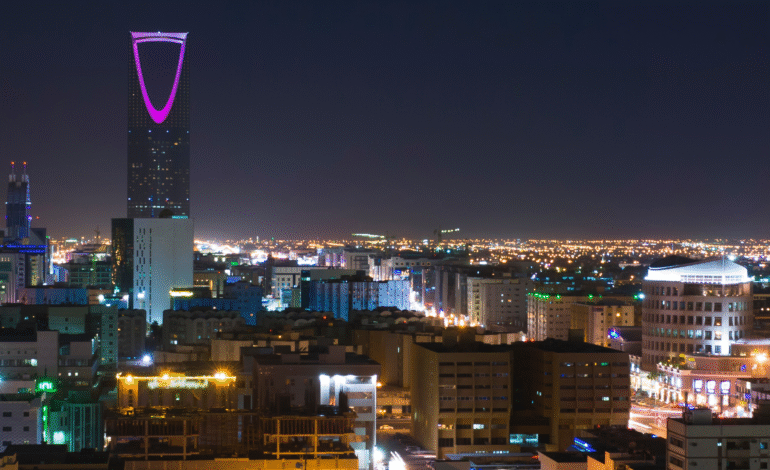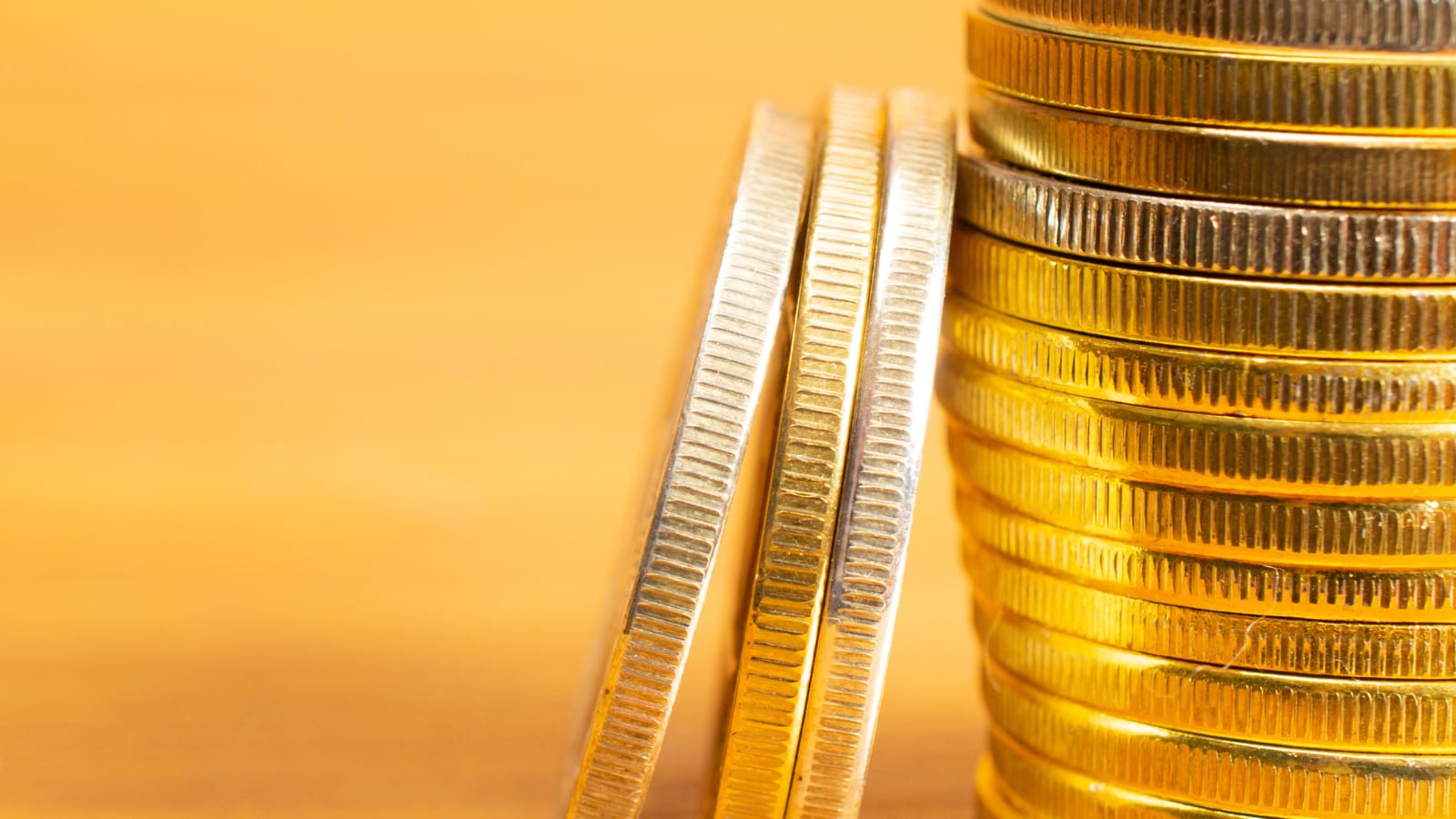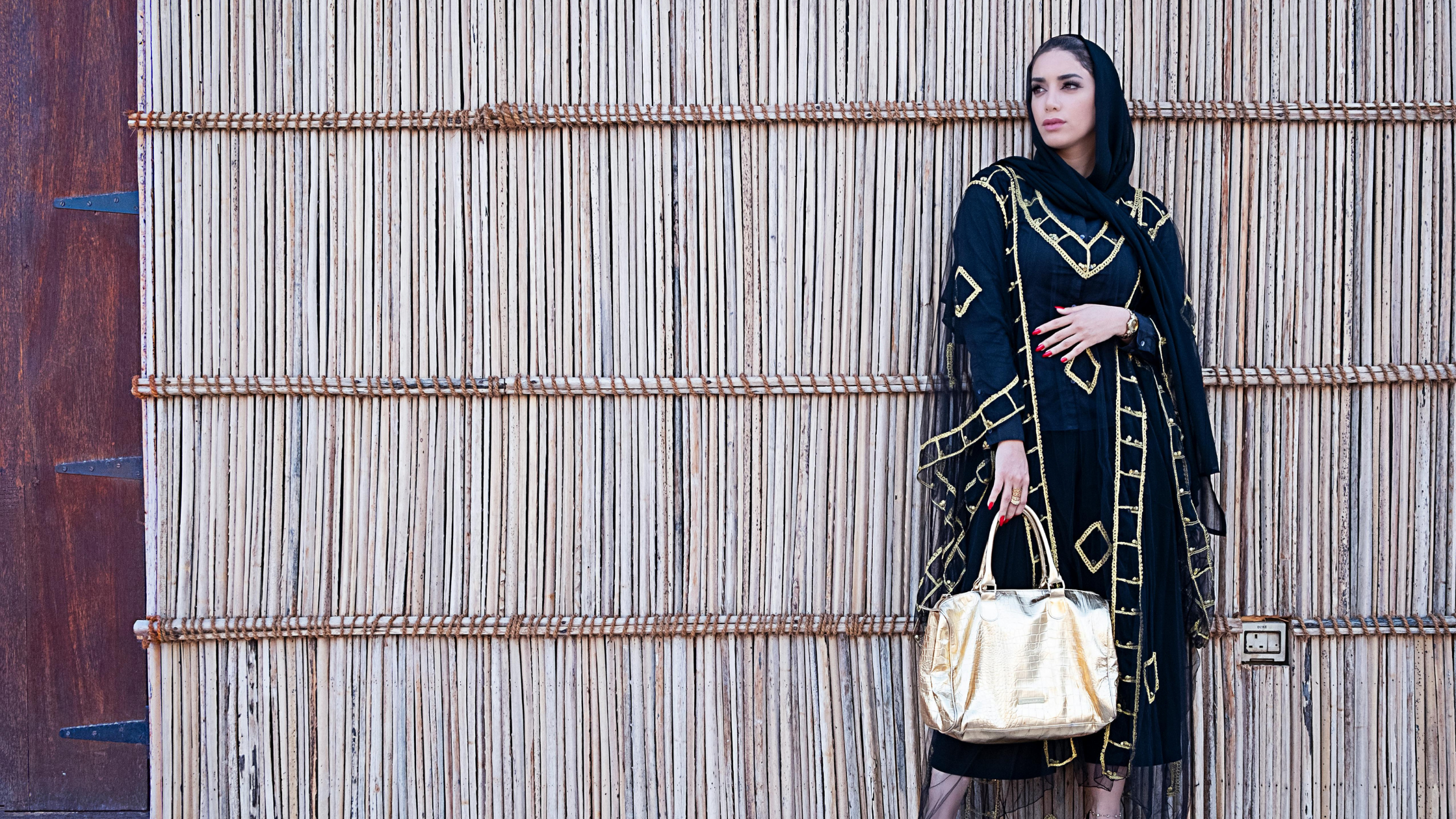Saudi Arabia’s Q2 2025 FDI Grows to SR22.8 Billion

Saudi Arabia attracted SR22.8 billion in net foreign direct investment (FDI) during the second quarter of 2025, according to new data from the General Authority for Statistics (GASTAT).
This is a 14.5% increase compared to the SR19.9 billion recorded in the same quarter of 2024. The result highlights growing confidence among global investors in the Kingdom’s economy.
However, the figure was slightly lower than the first quarter of 2025, when Saudi Arabia recorded SR23.7 billion in net FDI. This means there was a 3.5% decline quarter-on-quarter.
Breakdown of the investment flows
The numbers show different trends between inward and outward investment:
- Inward flows (money coming into Saudi Arabia) were SR24.9 billion in Q2 2025. This was 11.5% lower than Q2 2024 and 4.1% less than Q1 2025.
- Outward flows (Saudi money invested abroad) dropped sharply to SR2.1 billion. This is a 74.5% fall from the SR8.2 billion recorded in Q2 2024. It was also 10.5% lower than Q1 2025.
The drop in outward flows means Saudi Arabia is holding on to more of its capital. But it also shows some volatility in how money moves abroad.
Why these trends matter
The results show both strength and caution in the Kingdom’s investment climate.
Strong foreign investor confidence
Even though inward flows declined, the overall net FDI still grew year-on-year. This shows that global investors continue to see Saudi Arabia as a safe and profitable place to invest.
Sharp fall in outward flows
The big decline in money leaving the country may suggest two things. Either local investors are focusing more on opportunities inside Saudi Arabia, or they are being more careful about taking risks abroad.
Quarter-on-quarter slowdown
The small decline compared to Q1 2025 suggests growth is not fully steady yet. Investment often depends on timing, global trends, and new policies.
Linked to Vision 2030
These investment figures are closely tied to Saudi Arabia’s Vision 2030 strategy. The plan, led by Crown Prince Mohammed bin Salman, focuses on reducing the country’s reliance on oil and building strong non-oil sectors.
The Kingdom wants to attract investment into:
- Tourism
- Entertainment
- Technology
- Renewable energy
The latest data shows progress, but also highlights the challenges of keeping FDI growth consistent every quarter.
Regional and global comparison
Competing with UAE
The United Arab Emirates (UAE) has long been the top FDI hub in the region, thanks to its free zones and investor-friendly policies. Saudi Arabia is working to compete directly by creating its own incentives, new mega projects, and business-friendly regulations.
Global FDI pressures
According to the UNCTAD World Investment Report 2025, global FDI fell by around 11% in 2024. This shows how difficult it has become for countries to attract capital. In this environment, Saudi Arabia’s ability to grow its net FDI is a positive sign.
International recognition
Saudi Arabia recently ranked 13th in the Kearney 2025 FDI Confidence Index, keeping its position as the third most attractive emerging market. This ranking reflects strong international trust in the Kingdom’s reforms and growth potential.
What the outlook looks like
The Q2 2025 numbers underline Saudi Arabia’s ability to remain attractive to foreign investors, even during global economic challenges. But for long-term stability, the Kingdom will need to:
- Keep improving policies and regulations to make it easier for investors to enter and operate.
- Focus on high-growth sectors such as tourism, renewable energy, and digital technology.
- Convert inflows into real development, ensuring investments create jobs, infrastructure, and innovation.
- Maintain regional leadership, competing strongly with the UAE and positioning itself as the top Middle East investment hub.
Final thoughts
Saudi Arabia’s SR22.8 billion net FDI in Q2 2025 proves that the country is still an attractive investment destination. Despite smaller inward flows and a slowdown compared to Q1, the big fall in outward flows helped the Kingdom hold on to more capital.
The results reflect progress under Vision 2030 but also remind us that growth will not always be smooth. Global factors, regional competition, and sector challenges all play a role.
Still, the overall trend shows confidence in Saudi Arabia’s future — and the Kingdom is on track to strengthen its place as a leading investment hub in the Middle East.







